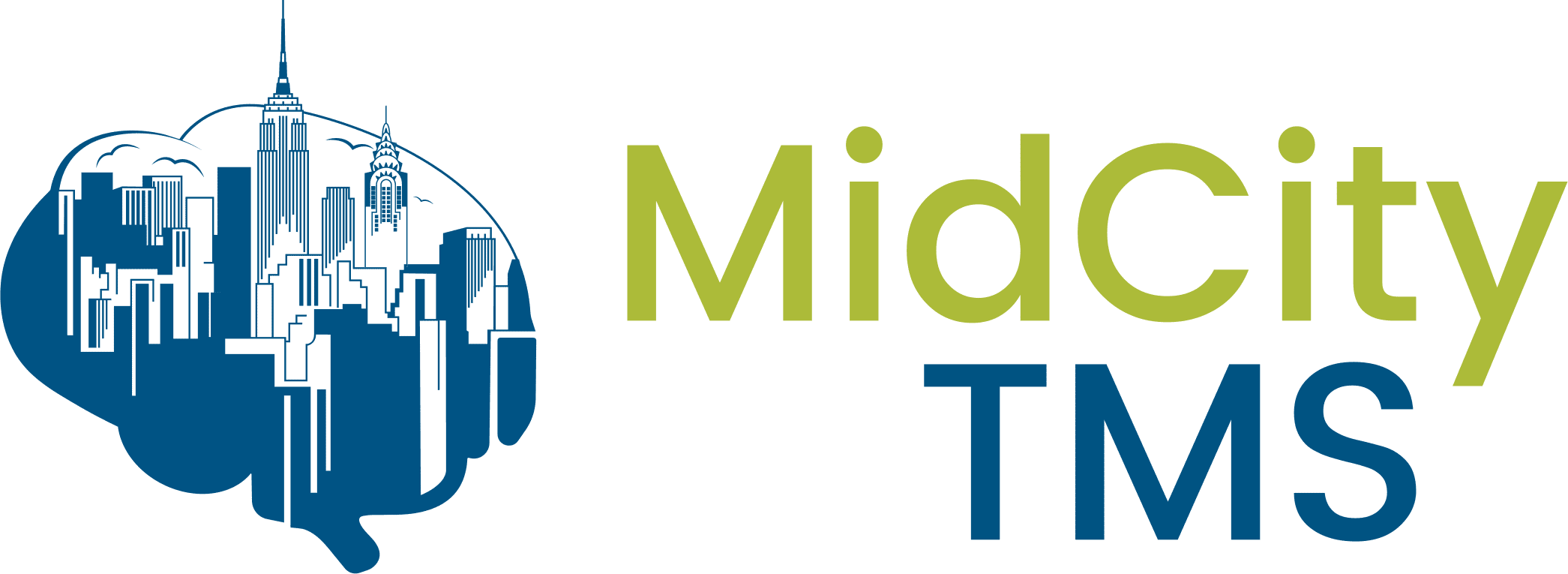While Depression impacts millions of people across the globe, young adults bear a significant portion of that burden; census data collected in 2021 suggests that around 48% of young adults between the ages of 18 and 25 struggled with their mental health. While traditional interventions such as cognitive behavioral therapy (CBT) or prescribed antidepressants have long been considered mainstays in frontline treatment plans, how best to help young adults with Depression remains a pressing question.
The search for safe, effective, and sustainable treatments for clinical Depression in young adults has turned global attention towards using transcranial magnetic stimulation, or TMS. as a frontline treatment option.
Understanding Depression in Young Adults
Depression in young adults is a particularly challenging issue, complicated by genetics, environmental factors, and life circumstances. The transition to adulthood is often marked by strenuous academic pressures, questions of identity, new social obligations and uncertainty about the future. These conditions are further complicated by the pervasive stigmas surrounding mental health that continue to obfuscate the potential for proactive diagnosis, treatment and lifesaving interventions. Taking these obstacles into account, the potential risk of suicide is an ever-present area of concern.
Clinical evidence suggests that of the individuals that develop Depression at some point in their lives, one in four of them will first experience depression before the age of 20. Given Depression’s alarming presence in young adults, it’s increasingly clear that traditional approaches to treatment may not be enough to provide sufficient relief to this struggling demographic.
How to Help Young Adults with Depression: TMS’ Transformational Effects
Since its approval by the FDA in 2008, TMS has offered a potentially lifesaving intervention that can be used alone or as an adjunctive treatment alongside antidepressants, esketamine, and CBT to treat the symptoms of Major Depression, including diminishing or eliminating suicidal ideation.
The Science Behind TMS
Repetitive transcranial magnetic stimulation involves using magnetic fields to target and stimulate regions of low activity in the brain, specifically those responsible for Depression such as the dorsolateral prefrontal cortex (DLPFC), a region deeply implicated in mood regulation. TMS is a safe, non-invasive, outpatient procedure that has minimal side effects, unlike traditional antidepressants, whose side effects can sometimes inflict more harm than good.
Clinical Studies on Efficacy of TMS in Young Adults
The clinical research supporting the efficacy of TMS in treating major depressive disorder (MDD) in adults is overwhelming. One prominent study published in 2023 in the Brain Stimulation Journal provided a post-hoc analysis assessing the effectiveness of TMS in depressed young adults in the Netherlands between the ages of 18 and 25 as compared to older adults.
Of the 308 patients included in the study, 34 individuals comprised the young adult group and 274 patients over the age of 25 formed the older group. Patients were treated with either low or high-frequency TMS targeting either the right or the left DLPFCs (switching between the two protocols as needed) while receiving concurrent CBT.
Initially, the younger group had higher baseline Beck Depression Inventory-II (BDI) scores measuring the severity of their Depression before receiving TMS treatment. They also had a high degree of comorbidities including autism spectrum and eating disorders.
While higher BDI scores and comorbidities can often correlate with a lower response rate to TMS, there was no significant difference in response and remission between the two groups. The response was defined as ≥50% reduction in BDI or HDRS (Hamilton) scale score and remission as a BDI score below 12 or a HDRS score below 8. In the young adult group, the response rate was between 66.7% and 62.5% (with comorbidities), while the older group’s response rate measured between 67.2% and 55.3% (with comorbidities). Remission rates were also similar between the two groups– 47.1% in the young adults vs 50.0% in the older group.
Remarkably–despite this young adult group having higher baseline BDI scores and a tendency towards more comorbidity and a higher degree of refractoriness–TMS was not less effective for them compared to older adults.
Mid City TMS’ Mission to Help Young Adults Manage Their Depression
Studies like the one discussed above demonstrate that TMS is no less effective in younger adults than in their older counterparts, making it a meaningful, clinically relevant treatment approach. In addition, our experience demonstrates that TMS is especially an effective and safe treatment option for young adults with Major Depression.
With over 30 years of experience, Mid City TMS is proud to offer TMS therapy to young adults struggling with Depression in the New York area. Our personalized screening and evaluation process is designed to deliver the most comprehensive treatment plans to our clients, allowing them to heal and move forward with their lives.
Contact us to learn more about how the incredible benefits of rTMS can help you overcome your Depression—starting today.


